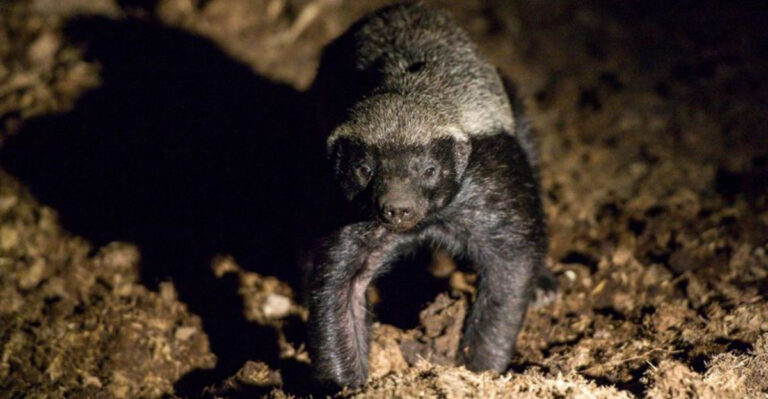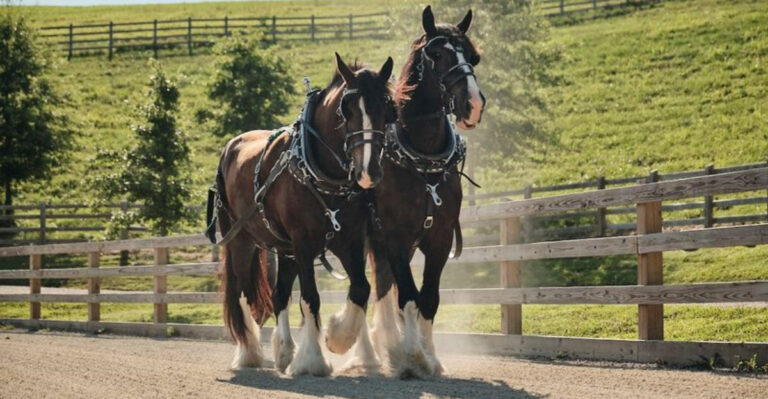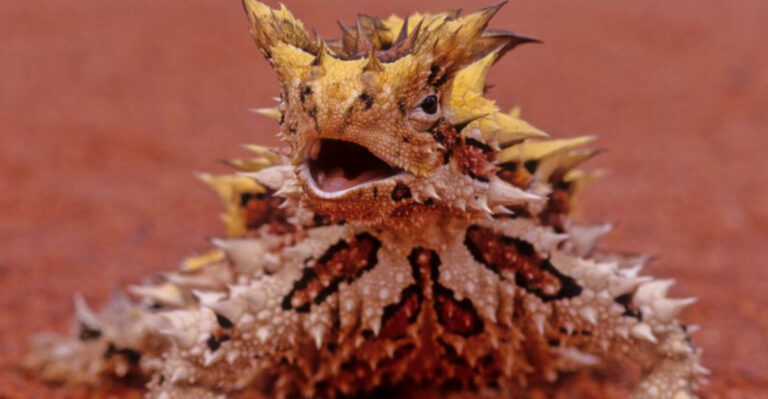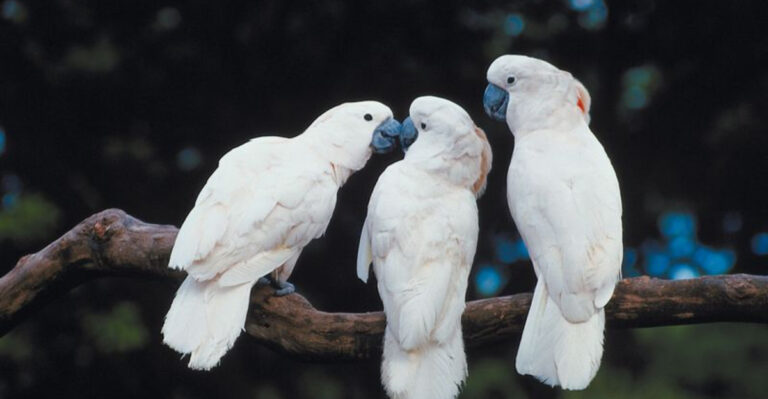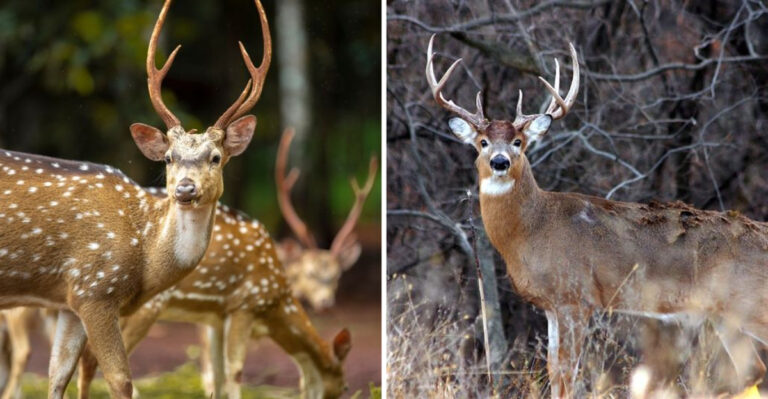How Horses Sense Your Confidence Level
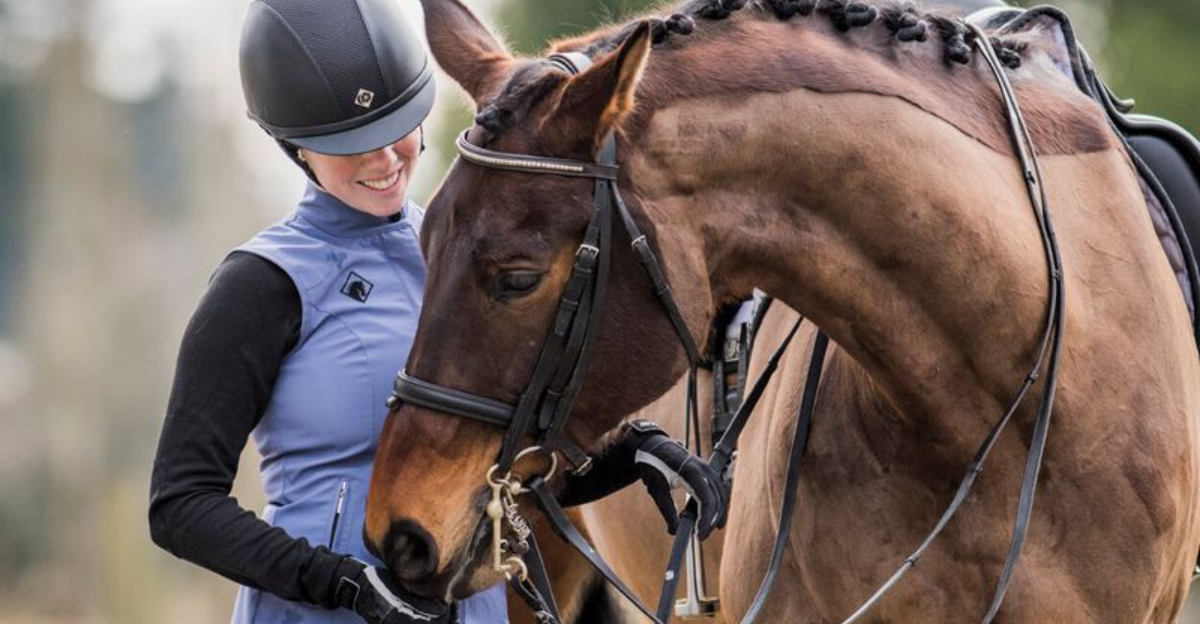
Those majestic creatures with flowing manes can read us like an open book. Horses possess an uncanny ability to detect human emotions, especially our confidence levels. This sensitivity developed through centuries as prey animals needing to spot danger instantly.
Understanding how horses pick up on your confidence isn’t just fascinating – it’s essential for building a trusting partnership with these remarkable animals.
1. Body Language Radar
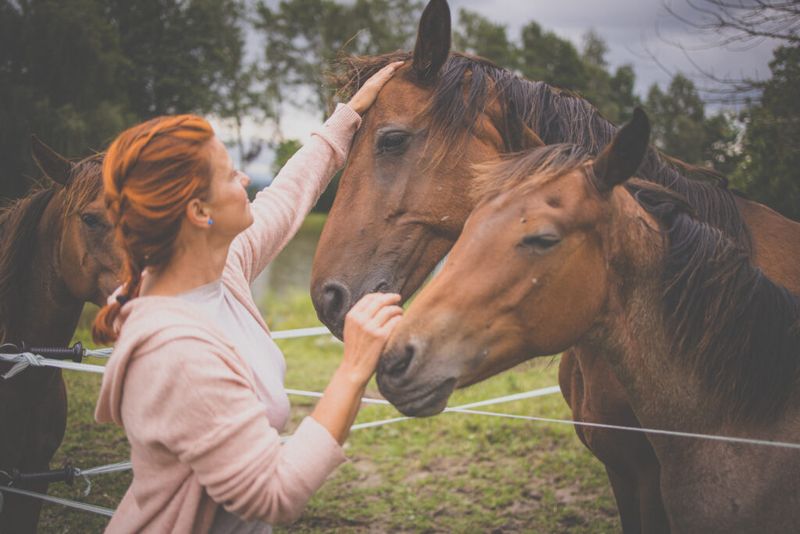
Your posture speaks volumes to horses long before you utter a word. Standing tall with shoulders back signals leadership, while slouching or nervous fidgeting broadcasts insecurity.
These perceptive animals evolved to notice subtle body cues in their herd members to survive predators. A horse might test someone who displays uncertain body language, but typically follows a person whose posture conveys quiet authority.
2. Breathing Pattern Detection
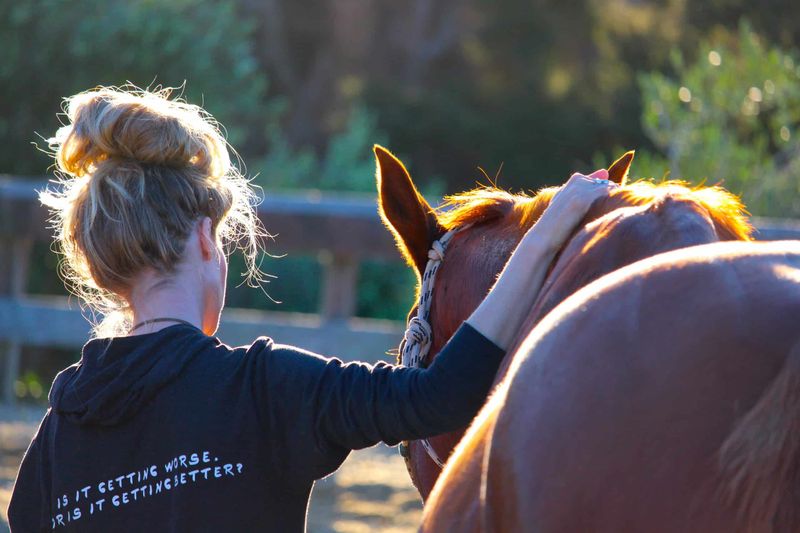
Quick, shallow breathing? Your equine friend notices immediately. Horses have evolved to detect respiratory patterns as survival mechanisms – irregular breathing signals potential danger in the wild.
When you’re nervous, your breathing changes, triggering your horse’s alert system. Practice deep, rhythmic breaths around horses to communicate calmness.
Many experienced riders use breathwork techniques before approaching their horses, creating an instant confidence boost that horses readily perceive.
3. Heart Rate Monitoring
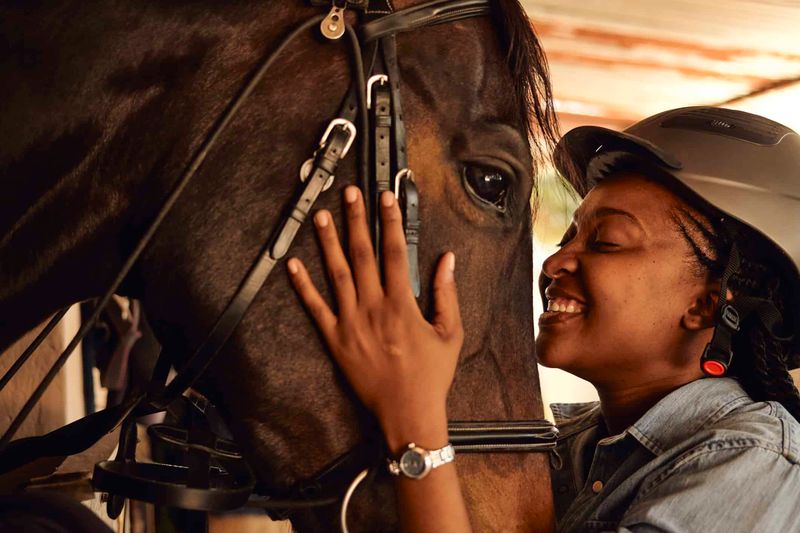
Believe it or not, horses can detect your heartbeat from several feet away! Their incredible hearing picks up the rhythm and speed of your heart, providing instant feedback about your emotional state.
Studies show horses respond differently to handlers with elevated heart rates versus those with calm, steady heartbeats.
This explains why horses seem to know when you’re nervous before you do. Next time you approach your horse feeling anxious, remember they’re literally hearing your heart race.
4. Sweat Scent Analysis
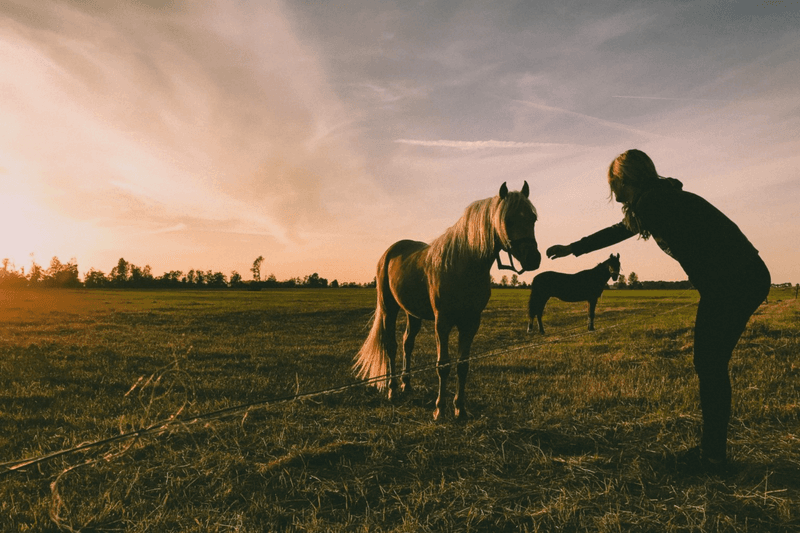
The aroma of fear has a chemical signature horses don’t miss. Their nostrils can detect microscopic sweat particles containing stress hormones like cortisol when you’re nervous or afraid.
This olfactory superpower developed as a survival mechanism in the wild. Your four-legged friend might become more alert or skittish when catching whiffs of your anxiety-induced sweat.
Many trainers recommend wearing clean clothes when working with sensitive horses to minimize conflicting scent signals.
5. Micro-Expression Reading
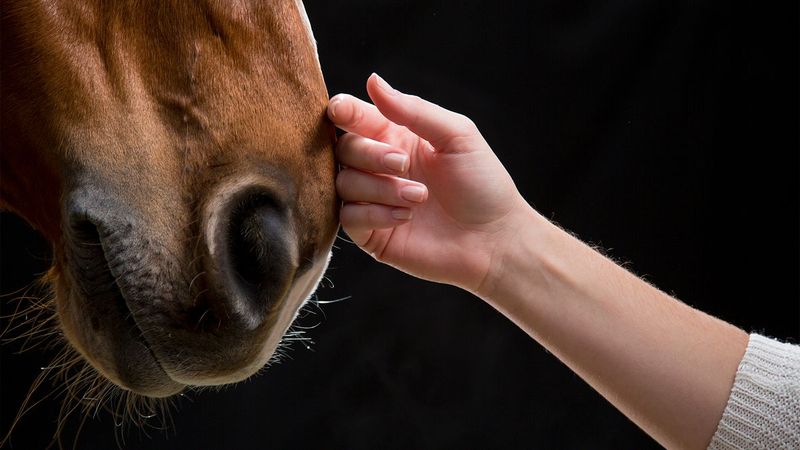
Those tiny facial twitches you’re not even aware of? Your horse notices them all. Research suggests horses can distinguish between genuine smiles and forced expressions, recognizing subtle muscle movements around your eyes and mouth.
These perceptive animals evolved to detect threats through facial cues. When you’re truly confident, your facial expressions align naturally with your emotions.
False confidence creates micro-expressions of uncertainty that horses immediately detect, often responding with their own uncertainty.
6. Voice Tone Interpretation
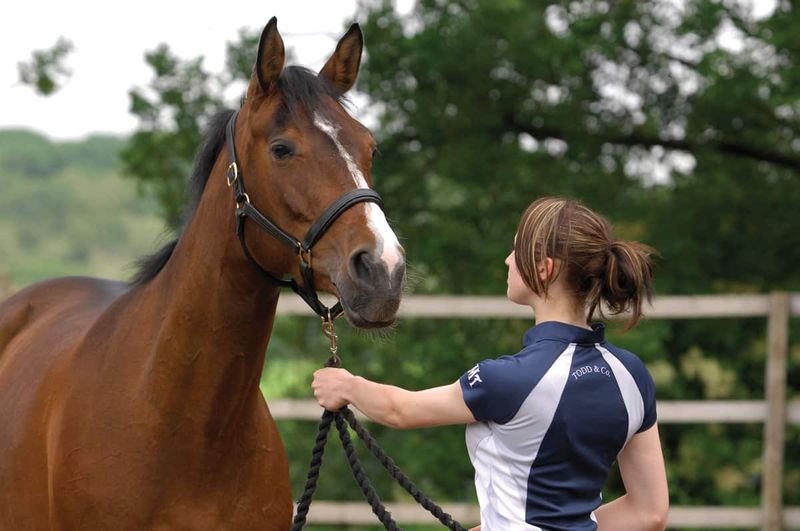
Vocal wobbles reveal inner doubts to your equine companion. Horses distinguish between confident commands and uncertain requests through subtle voice qualities like pitch, volume, and steadiness.
The vibration pattern of a confident voice creates different sound waves than a nervous one. Many riders unknowingly raise their pitch when anxious, signaling uncertainty to their horses.
Practice speaking in lower, measured tones around horses – they’ll respond more positively when your voice projects the confidence your words claim.
7. Movement Flow Assessment
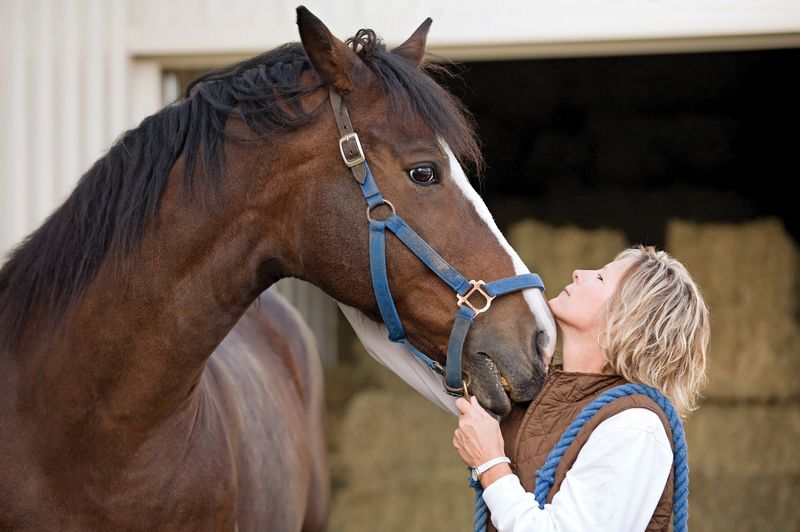
Jerky, hesitant movements broadcast your nervousness louder than words. Horses naturally notice how smoothly or awkwardly humans move around them, interpreting fluid motion as confidence and stiff movements as potential threats.
This sensitivity developed from their prey animal instincts – predators often move differently than herd animals.
Try walking around your horse with deliberate, smooth movements rather than tiptoeing nervously. Many trainers recommend practicing your movements before approaching sensitive horses.
8. Eye Contact Evaluation
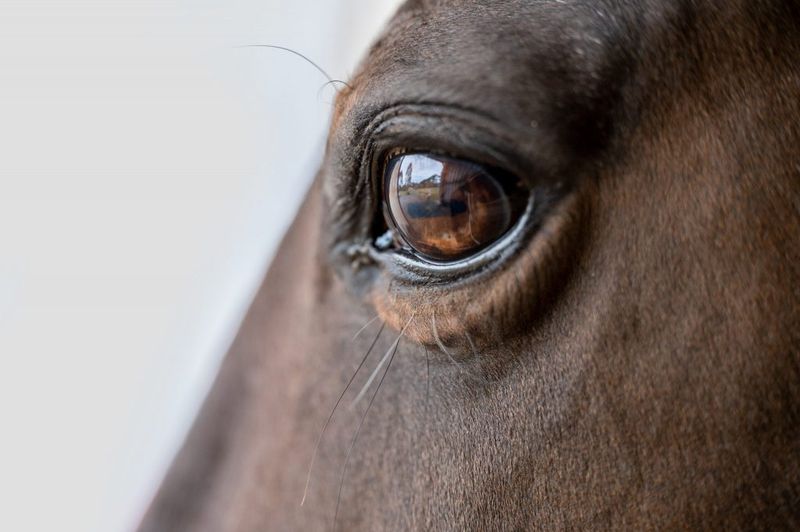
Shifty gazes signal uncertainty while steady eye contact communicates leadership to these perceptive animals. Horses constantly monitor where your attention focuses, using your gaze direction as valuable information about potential threats or leadership intentions.
Looking away frequently suggests you’re scanning for escape routes – a prey behavior horses immediately recognize.
Try maintaining soft but consistent eye contact when giving directions. This subtle confidence signal often results in more responsive equine behavior.
9. Tension Mapping
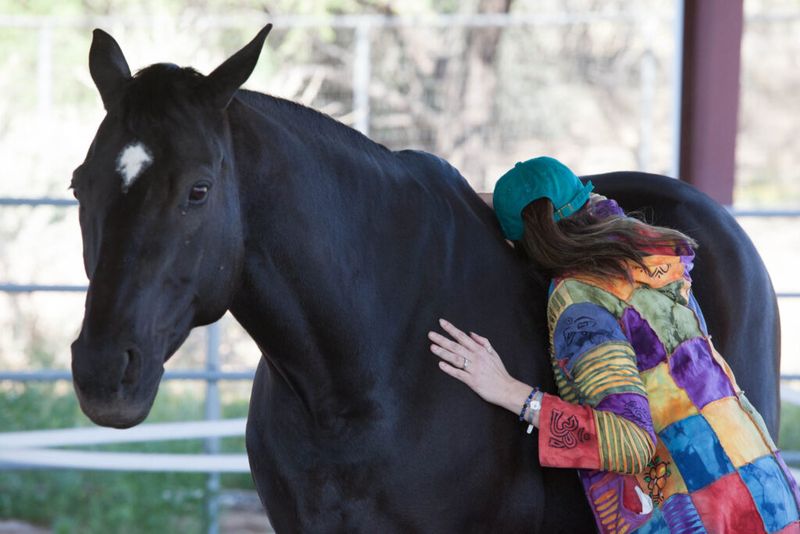
Tight shoulders and clenched hands telegraph anxiety throughout your entire interaction. Horses possess an uncanny ability to create a mental map of tension points in your body, responding differently to relaxed versus rigid humans.
This sensitivity helped wild horses determine if herd members spotted danger. Many riders unknowingly grip reins tighter when nervous, creating a feedback loop as horses respond to that tension.
Before handling horses, shake out your limbs and consciously relax your muscles – your equine partner will notice immediately.
10. Decision-Making Observation
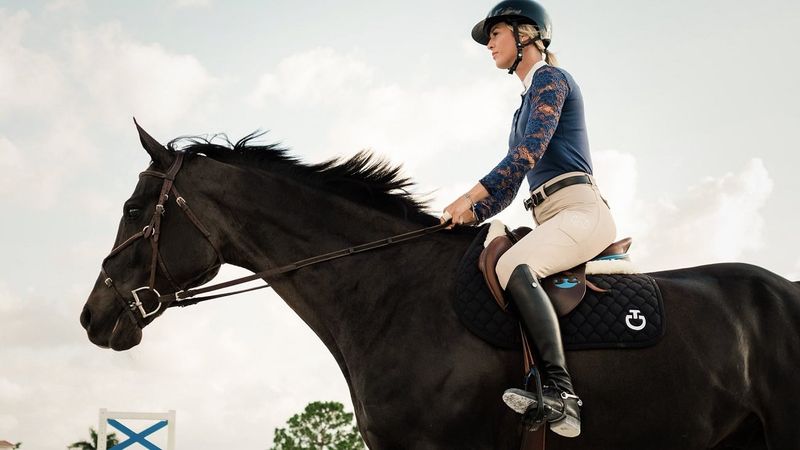
Wishy-washy directions confuse and concern your four-legged friend. Horses instinctively evaluate how confidently you make decisions, preferring handlers who give clear, consistent signals over those who hesitate or change instructions repeatedly.
In the wild, decisive herd leaders kept groups safe from predators. Before approaching your horse with a task, mentally commit to your plan.
Many trainers recommend visualizing each step clearly beforehand. When your mind projects confidence in the plan, your body naturally follows with more decisive movements.
11. Personal Space Awareness
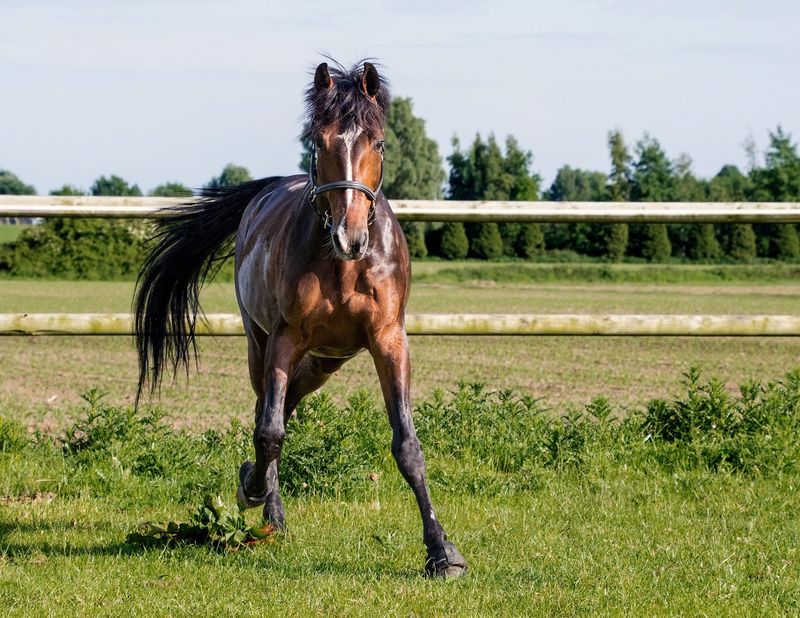
Confident handlers maintain appropriate boundaries naturally. Horses notice whether you maintain your personal bubble or allow them to crowd your space, interpreting boundary enforcement as a leadership quality.
Herd animals establish clear spatial hierarchies for social order. When you consistently maintain proper spacing without anxiety, horses read this as confident leadership.
Many novice handlers unknowingly back away from horses who test boundaries, inadvertently signaling subordinate status in the relationship.
12. Energy Field Sensitivity
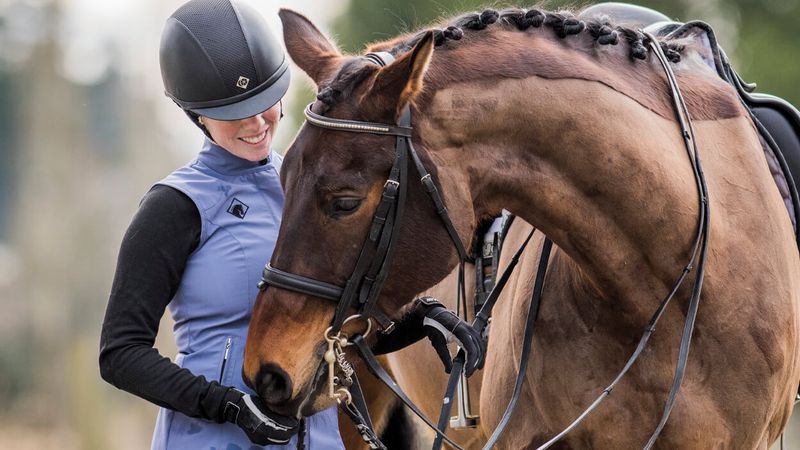
The mysterious “vibe” you give off significantly impacts equine behavior. Many experienced trainers describe horses as energy readers who sense the emotional electricity surrounding humans, responding to calm confidence or nervous energy before physical interactions begin.
While scientifically difficult to measure, countless horse professionals report this phenomenon consistently. Try visualizing a bubble of calm confidence surrounding you before horse interactions. This mental practice often creates subtle changes in your overall presence that horses immediately detect.
13. Consistency Tracking
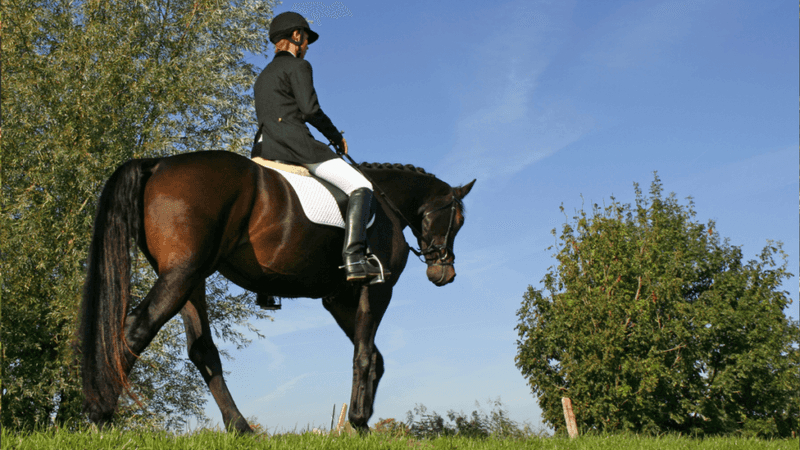
Flip-flopping behaviors reveal inner uncertainty that doesn’t escape equine notice. Horses maintain detailed mental records of your behavioral patterns, noticing when your actions align consistently with your intentions versus when they contradict each other.
This evolutionary trait helped horses predict herd member behavior for survival. A handler who says one thing but does another creates confusion that horses interpret as lack of confidence.
The most trusted humans in a horse’s life are typically those whose behavior remains reliably consistent day after day.
14. Intention Clarity Detection
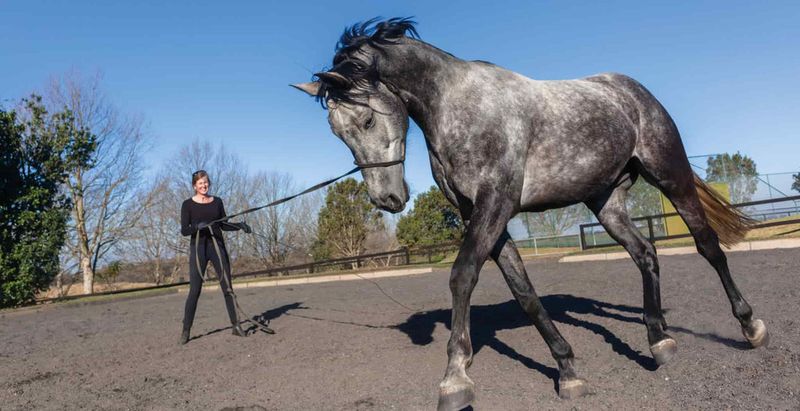
Muddy motivations create horse confusion faster than anything else. These intuitive animals sense whether your intentions align clearly with your actions or if you’re internally conflicted about what you’re asking them to do.
Clear intention creates a seamless flow between thought and action that horses immediately recognize as confidence. Before giving any command, visualize exactly what you want.
Many professional trainers recommend mentally rehearsing each request before expressing it physically, creating the intention clarity horses respond to positively.


